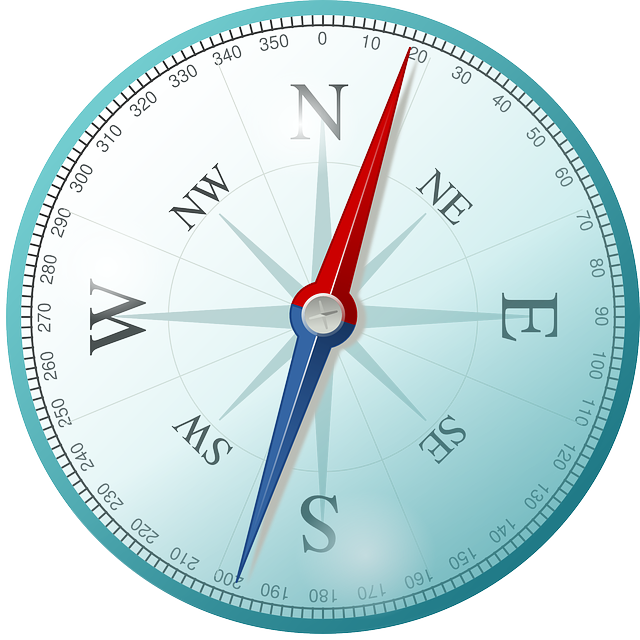Maps are more than just geographical representations; they are windows into diverse realms of information. From thematic visualizations to navigational aids, these maps go beyond basic geography, offering insights into specific aspects of our world. Whether you’re an enthusiast or a learner, join us on a journey to explore seven fascinating types of special purpose maps that enhance our understanding of the Earth.
What Is a Special Purpose Map?
A special purpose map is a cartographic representation designed with a specific focus on conveying particular types of information rather than general geographical features. These maps go beyond showing physical landscapes and explore a wide range of themes, data, and subject matters. Unlike general reference maps that provide an overview of geographical features, special purpose maps zoom in on specific aspects of our world, offering valuable insights and aiding various fields of study and decision-making.
1. Thematic Maps: A Kaleidoscope of Information
Thematic maps are a symphony of colors, shapes, and patterns, intricately designed to convey a specific theme or subject matter. They go beyond geographical features, presenting data such as population density, climate patterns, and economic indicators. These maps transform complex data into accessible visual stories, making them invaluable tools for researchers, planners, and decision-makers.
Example: A thematic map showcasing global carbon emissions reveals the ecological footprint of nations, raising awareness about environmental concerns.
2. Topographic Maps: Sculpting Earth’s Terrain in Detail
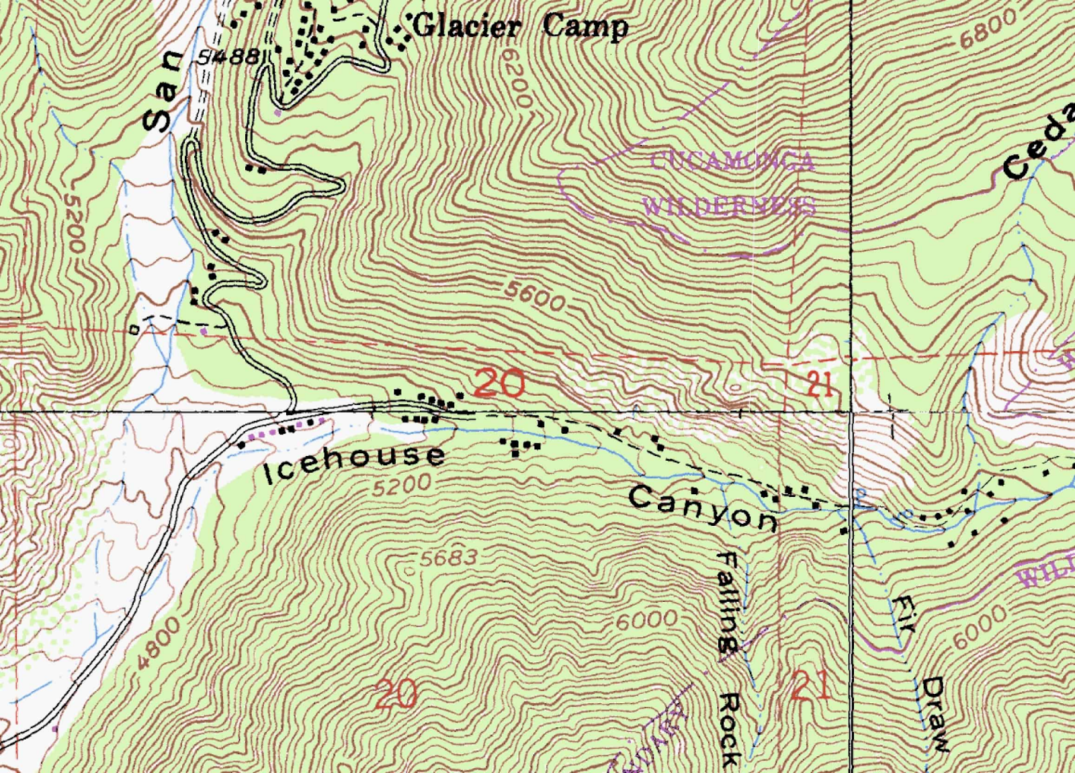
Topographic maps are a cartographer’s masterpiece, meticulously depicting the three-dimensional landscape on a two-dimensional canvas. By using contour lines, they illustrate elevation changes, natural features, and human-made structures. These maps are indispensable for hikers, geologists, and urban planners, providing insights into the Earth’s topography.
Example: A topographic map of a mountain range reveals the precise elevations, helping adventurers navigate challenging terrains.
3. Navigational Maps: Guiding Mariner and Traveler Alike
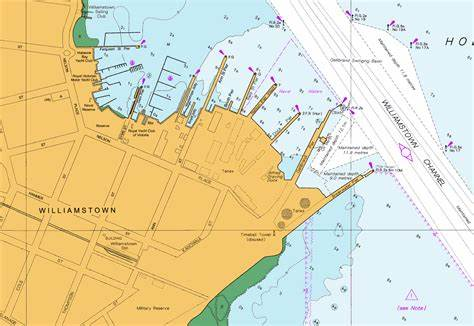
Navigational maps, including nautical charts and aeronautical charts, are lifelines for sailors and pilots. These maps display water depths, coastal features, and air routes, ensuring safe journeys across the seas and skies. They blend accuracy and readability to keep maritime and aviation activities on course.
Example: A nautical chart aids ships in navigating treacherous waters by highlighting potential hazards and safe passages.
4. Weather Maps: Decoding Atmospheric Dynamics
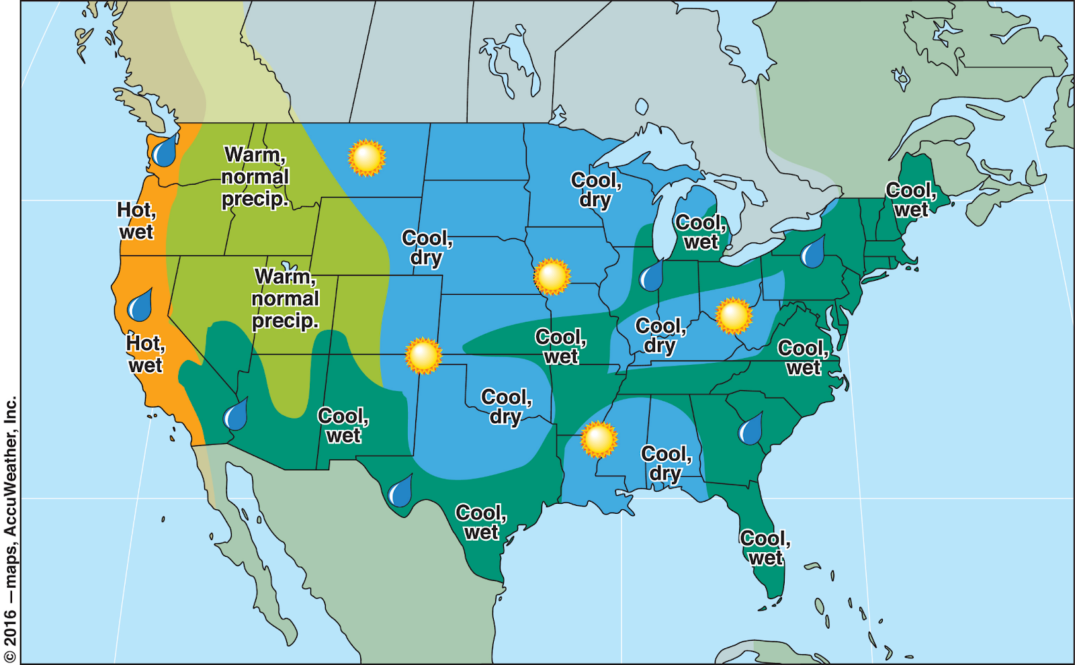
Weather maps unravel the mysteries of our ever-changing atmosphere. By utilizing various symbols and colors, these maps portray meteorological phenomena, such as pressure systems, temperature gradients, and precipitation patterns. Meteorologists rely on these maps to predict weather conditions and forecast extreme events.
Example: A weather map depicting isobars and fronts helps meteorologists predict storms and guide emergency preparedness.
5. Geologic Maps: Peering into Earth’s Past and Present
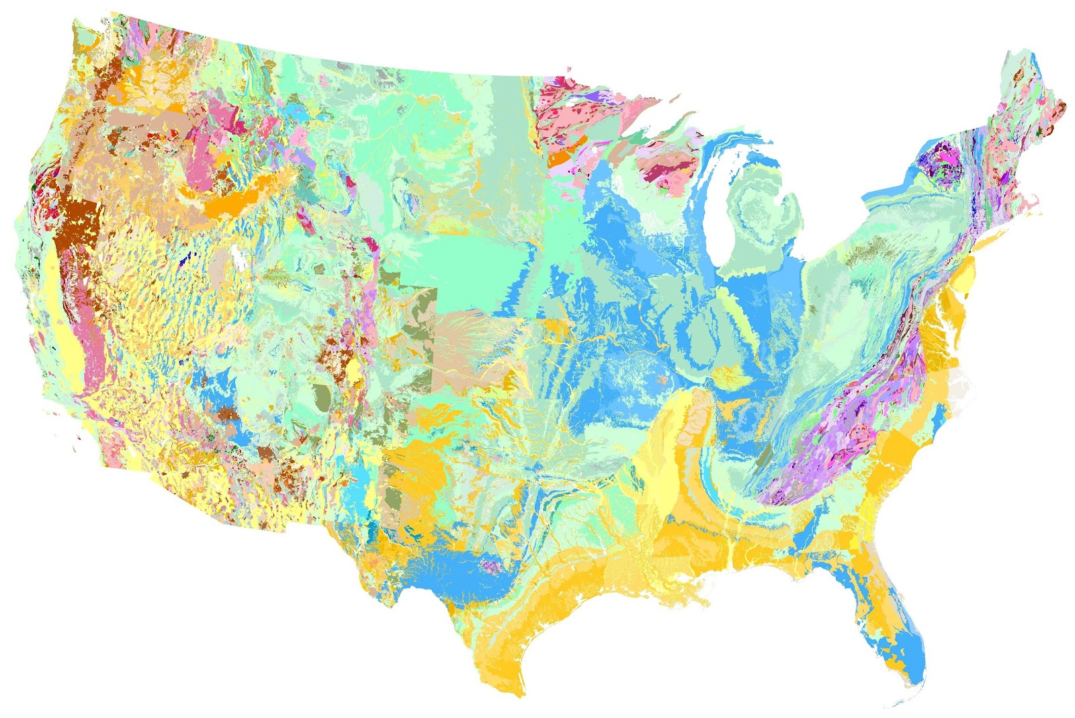
Geologic maps are a time capsule of Earth’s geological history. They showcase rock formations, fault lines, and mineral deposits, offering insights into the planet’s evolution. Geologists use these maps to study Earth’s dynamic processes and identify sites of scientific interest or mineral resources.
Example: A geologic map of a volcanic region reveals the distribution of different rock types and helps researchers understand volcanic activity.
6. Population Density Maps: A Tapestry of Human Habitation
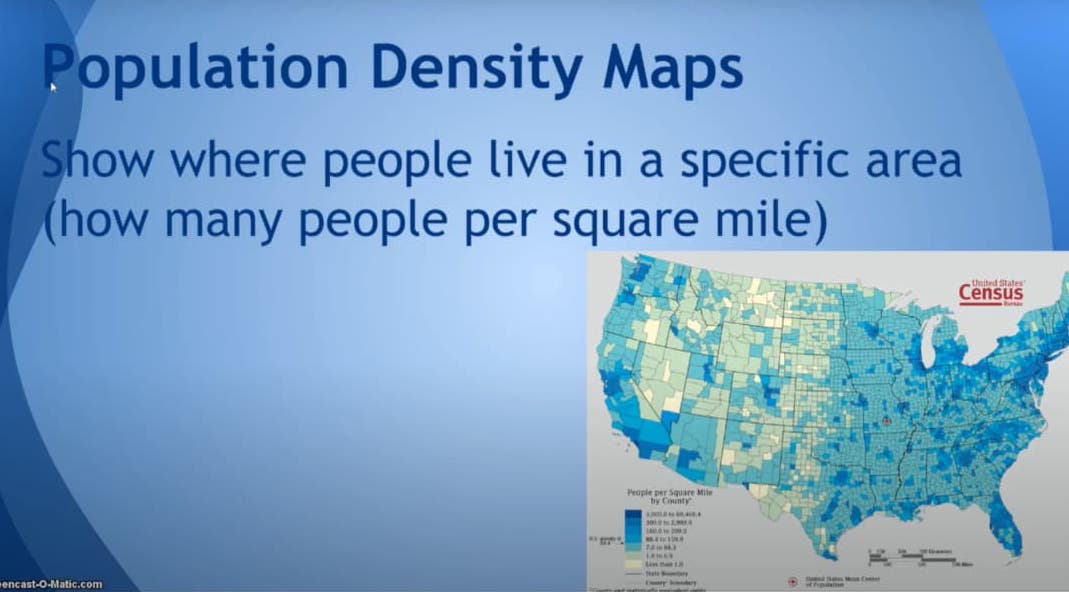
Population density maps portray the distribution of people across regions, revealing the intricate tapestry of human habitation. By using colors and shading, these maps provide insights into urbanization trends, migration patterns, and areas of high population concentration.
Example: A population density map of a city highlights densely populated neighborhoods and helps urban planners allocate resources effectively.
7. Land Use Maps: Unveiling Human Impact on Landscapes
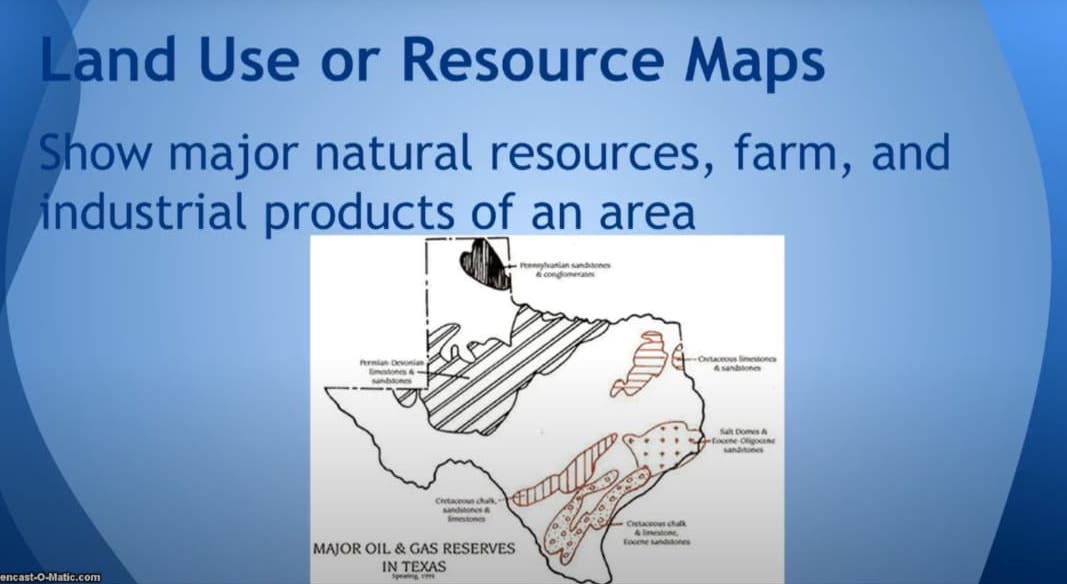
Land use maps document the transformation of landscapes due to human activities. They categorize areas based on their designated purpose, such as residential, commercial, agricultural, or industrial. These maps facilitate urban planning, environmental conservation, and sustainable development.
Example: A land use map of a region shows the balance between green spaces and built environments, guiding urban growth strategies.
Conclusion:
From revealing environmental changes to guiding explorers through uncharted territories, special purpose maps are indispensable tools that enrich our understanding of the world. Thematic, topographic, navigational, weather, geologic, population density, and land use maps collectively shape our interactions with the Earth’s diverse facets. Each map type serves a unique purpose, contributing to informed decision-making and fostering a deeper connection to our surroundings.
FAQs:
Topographic maps are meticulously crafted using aerial surveys, satellite imagery, and ground-based measurements. Advanced technology ensures accurate representation of elevation changes and geographical features.
Weather maps play a pivotal role in predicting natural disasters, facilitating agricultural planning, and guiding everyday activities. They empower communities to prepare for adverse weather conditions.
Population density maps aid urban planners in optimizing resource allocation, infrastructure development, and disaster preparedness. They contribute to sustainable urban growth and improved quality of life.
Yes, numerous online platforms provide access to special purpose maps for various purposes. Government agencies, research institutions, and mapping companies often offer these resources.
Geologic maps assist in identifying mineral deposits, understanding geological hazards, and guiding resource management. They are essential for sustainable utilization of Earth’s natural resources.
